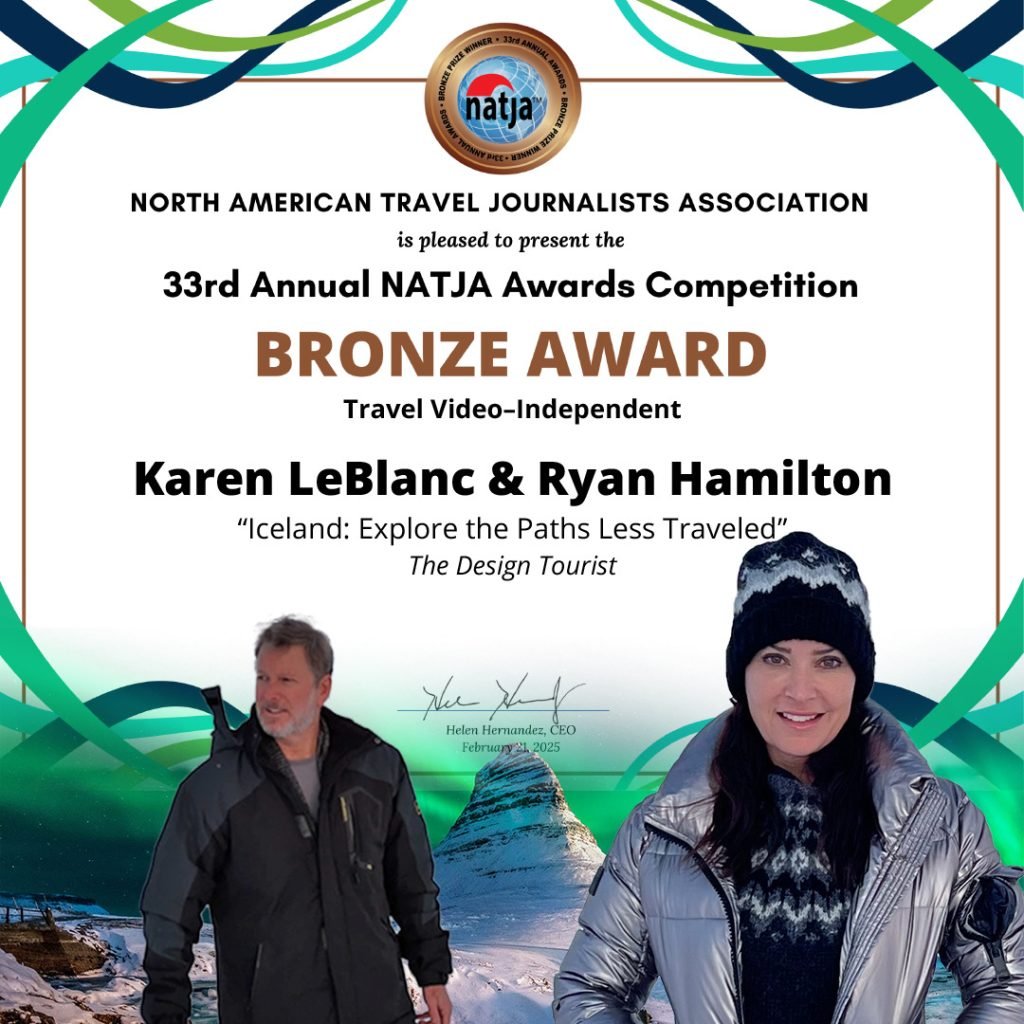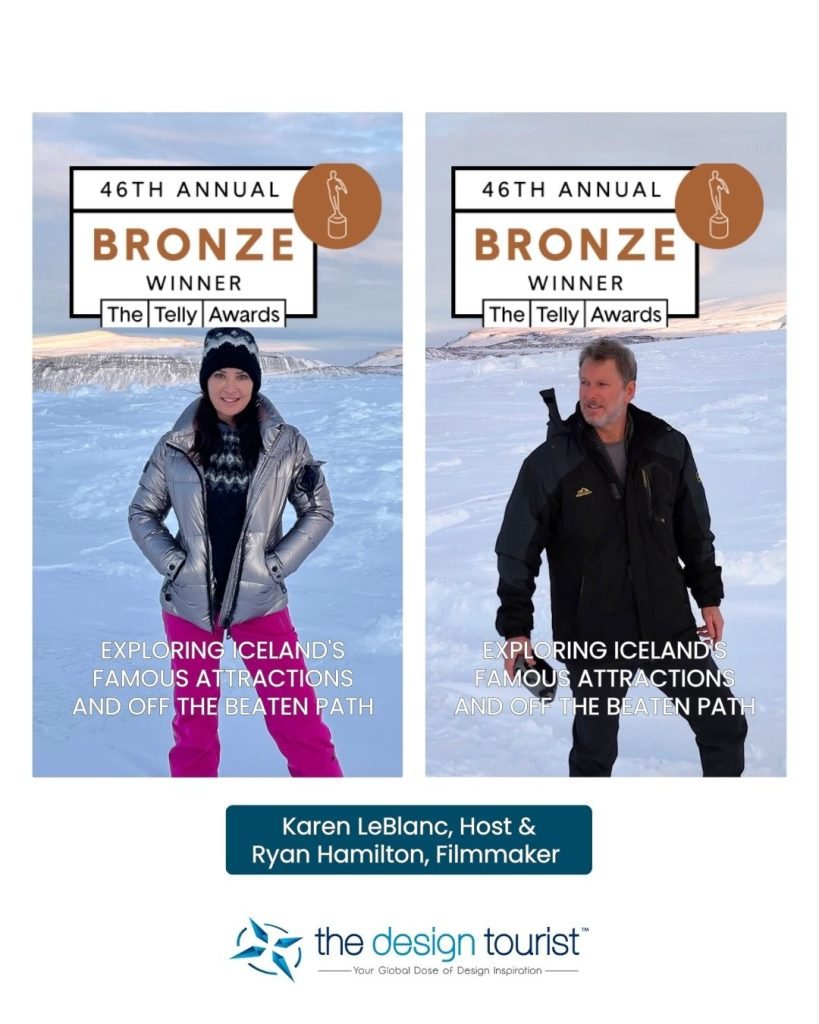Minimalism in photography is about stripping down an image to its essential elements. It emphasizes simplicity, clean lines, and negative space, with the goal of evoking a sense of calm and clarity in the viewer. The approach lies in highlighting the subject while removing unnecessary distractions, yielding photographs that feel more balanced and harmonious.
But what it is it that makes minimalism so compelling, especially for travel photography? For many, the appeal lies in putting the focus on the core beauty of a destination, whether the shot captures a lone tree in a desert or a solitary figure against a vast sea.
If you want to try the minimalist approach in your own travel photography practice, let’s delve into some tips that should help you on your next trip.
1) Practice Photographing with Less Clutter
Minimalist images are meant to be visually striking and rarely go out of style. Their simplicity should evoke universal emotions and resonate across cultures. By that principle, minimisation of visual clutter is what will allow the photographer to express greater creative freedom. With fewer elements in the frame, they can play with composition, lighting, and textures more effectively.
Of course, mastering minimalist photography requires time and practice. If you need a controlled environment where you can experiment and refine your techniques, look for places like a fotostudio Berlin, a studio in London or New York, or some other quiet and unfurnished space where you can experiment with as few additional elements as possible.
2) Use Natural Light to Your Advantage
Natural light will simplify your setup and help you capture the authentic feel of a place in a way that’s evocative of the minimalist philosophy. Consider light as your first subject; let it shape the mood and atmosphere of a photograph.
Early morning and late afternoon will provide soft, warm lighting that will simply, but capably enhance every scene. Take inspiration from the seasons, too: winter has crisp, clean light while summer produces a golden haze.
Mist and fog can soften textures and create a dreamy effect that will be more noticeable in a minimalist photo. Harsh midday sun can be used creatively too—strong shadows and contrasts can add a graphic quality to minimalist compositions.
3) Focus on Composition
Great travel photography isn’t always about the latest gear. Much of it pertains to how you frame a shot. Minimalism requires thoughtful composition, and minimalist photography is an extension of this principle.
Start by eliminating unnecessary elements and focusing on lines, symmetry, and unique perspectives. Natural settings like coastlines, deserts, and open fields will provide excellent backgrounds, punctuated by single elements like trees, bridges, or buildings. Soft, muted pastel tones in water, sky, and architecture will achieve a sense of visual cohesion, while floral elements may add texture and depth. Look for repetition in patterns, such as rows of windows, fences, or natural formations, for compositions that will easily come off as visually striking.
Negative space is just as important as the subject in minimalist travel photography, as it enhances the photograph’s impact and guides the viewer’s eye. Try framing your subject in unconventional ways where you can achieve a lot of negative space in one direction, such as by using doorways, windows, or natural formations as framing devices.
4) Be Intentional with Every Shot
Rather than taking hundreds of photos, slow down and think about each frame. Ask yourself what story you want to tell and why. This approach will result in stronger, more meaningful images and reduce the time you spend sorting through countless mediocre shots later. Challenge yourself to take fewer photos while travelling, but with greater intention—perhaps limit yourself to only 10 images per location to refine your creative vision.
Capture moments, not just plain landscapes. Take a solo shot of a street vendor against a stark white background while they’re in motion, a striking item of produce at a local market, or even a single new dish that you tried while abroad. Small moments like these will bring some human connection into your minimalist compositions.
5) Free Yourself from Gear Overload
Minimalist travel photography focuses on experiences rather than excessive equipment. For this approach, there’s actually no need for a bulky DSLR with multiple lenses. Opt for a lightweight mirrorless camera with a high-quality lens that can handle various shooting conditions.
If you must bring accessories, choose lightweight, multipurpose items. A small tripod will stabilize your camera without adding bulk. A zoom lens, like an 18-200mm, will cover most shooting scenarios, while a 50mm prime lens will remain a versatile choice.
For landscapes, panorama stitching can replace the need for an ultra-wide lens. If you’re a fan of long-exposure photography, a neutral-density filter can allow for smooth water or blurred movement without the need for excessive post-processing.
Ultimately, carrying less gear means greater freedom to enjoy the atmosphere, people, and culture. You’ll also worry less about security and more about capturing the moment.
6) Let Go of Perfection and Enjoy the Process
Lastly, even if many travel photographers may intuitively associate minimalism with perfectionism, remember that not every shot has to be perfect. Some of the most powerful images come from candid, unplanned moments. If you can let go of perfectionism, you’ll be able to allow yourself to be present and enjoy photography as an experience, rather than a technical challenge.
Accept that imperfections—like motion blur, grain, or overexposed highlights—can sometimes add character to an image. This is actually one thing that can speak to the minimalist experience: learning to work with what you have.
Face the Challenge of Minimalist Travel Photography
The minimalist approach can be quite tricky at first when applied to travel photography, but practice will train your eye to isolate the details and fine-tune your action. Above all, avoid overthinking minimalism—in most cases, you just have to let it happen naturally by observing your surroundings and choosing subjects that genuinely stand out. Exercise patience and open your mind to photography approaches you’re not used to, and you’ll find that the minimalist philosophy may be one of the best ways to discover the world through your lens.

































